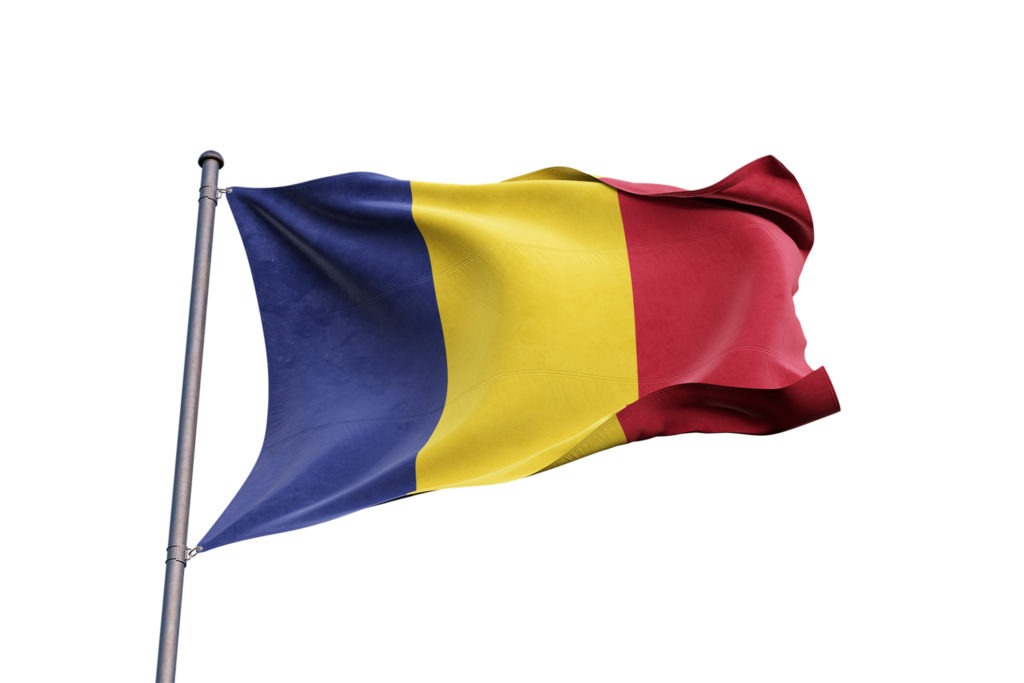Romania proposes ban on polluting cars in Bucharest
20 August 2019

Romania proposes ban on polluting cars in Bucharest
20 August 2019
Polluting cars will be banned in the downtown area of Bucharest and drivers of Euro 3-compliant cars will have to pay a tax to enter the capital from 3 January 2020, according to a proposal that is open for public debate. All cars registered outside Bucharest and the surrounding county of Ilfov will also have to pay to enter the city.
Suffocating traffic
Cars that do not comply with the Euro, Euro 1 or Euro 2 emissions standards will be banned in the central area of the city and Euro 3-compliant cars will only be allowed to enter the city centre after purchasing an ′Oxygen-C electronic vignette' that will cost RON 75 (€16) per month or RON 900 (€190) per year. Euro 4, Euro 5 and Euro 6 cars, as well as hybrid and electric cars, will continue to have free access to all streets in Bucharest.
Furthermore, the mayor of Bucharest, Gabriela Firea, announced that drivers of cars that are not registered in Bucharest or Ilfov county will have to pay a fee of RON10 (€2.12) per day or RON1,900 (€402) per year to drive in the capital, according to reports by Hotnews.ro.
′The most important factor of pollution is the suffocating car traffic, and the number of cars is increasing exponentially. 1.6 million cars are registered in the Bucharest-Ilfov area. These measures may seem harsh at first, but they are insufficient for the level of pollution. [″¦] Bucharest has reached an undesirable sixth place in the ranking of the most polluted cities in Europe, and Romania has been in infringement procedure since 2011,' Firea explained.
Talking point
Ulmis Horchidan, chief editor of Eurotax in Romania, part of Autovista Group, comments that ′there was an eco-voucher program, with each voucher worth RON9,000, roughly €1,900. Five thousand vouchers were offered to stimulate demand for newer, Euro 6 non-diesel cars, but this ban on polluting older cars is long overdue.' However, Horchidan adds that the ′proposed introduction of taxes for non-residents of Bucharest or Ilfov is controversial.'
There are 261,000 non-Euro cars in Bucharest and Ilfov, as well as 7,000 Euro 1 cars, 113,000 Euro 2 cars and 213,000 Euro 3 cars, according to the mayor's office. Approximately 600,000 cars will, therefore, be affected by the ban on older cars. To put this into perspective, there are approximately one million other cars that do comply with the Euro 4, Euro 5 and Euro 6 standards.
The project will be in public debate for 45 days and then, at the end of September, will be submitted for approval by the General Council of Bucharest. If the Council adopts the project, the measures will enter into force starting 3 January 2020.
Pollution rises, ranking improves
In a slight improvement on the mid-year 2018 sixth place cited by Firea, the Romanian capital ranked ninth out of the 82 cities covered in the 2019 Mid-Year Pollution Index, compiled by Numbeo.com. However, Bucharest now has a pollution index ranking of 73.76, up from 73.24 in the mid-year 2018 results. This places the city just below Sarajevo's index of 73.85, but above Krakow's 70.45.
The three most polluted cities in Europe are Tetovo in Macedonia, with an index of 96.37, Chelyabinsk in Russia, with an index of 87.55, and Tirana in Albania, with an index of 83.72.
The least polluted city in Europe is Helsinki, with an index of 12.47. It is followed by Reykjavik, Zurich and Stockholm. The least polluted Romanian city is Brasov, which ranks 68th among the cities surveyed, with an index of 25.60. Other Romanian cities in the index are Iasi, in 28th place with an index of 60.15, Timisoara in 33rd with an index of 57.37; and Cluj-Napoca in 49th with an index of 41.43.
The Pollution Index is based on the collation of survey results by visitors to the Numbeo.com website. The index is an estimation of the overall pollution in each city, with a bigger weighting given to air pollution than to water pollution. A small weighting is given to other pollution types.